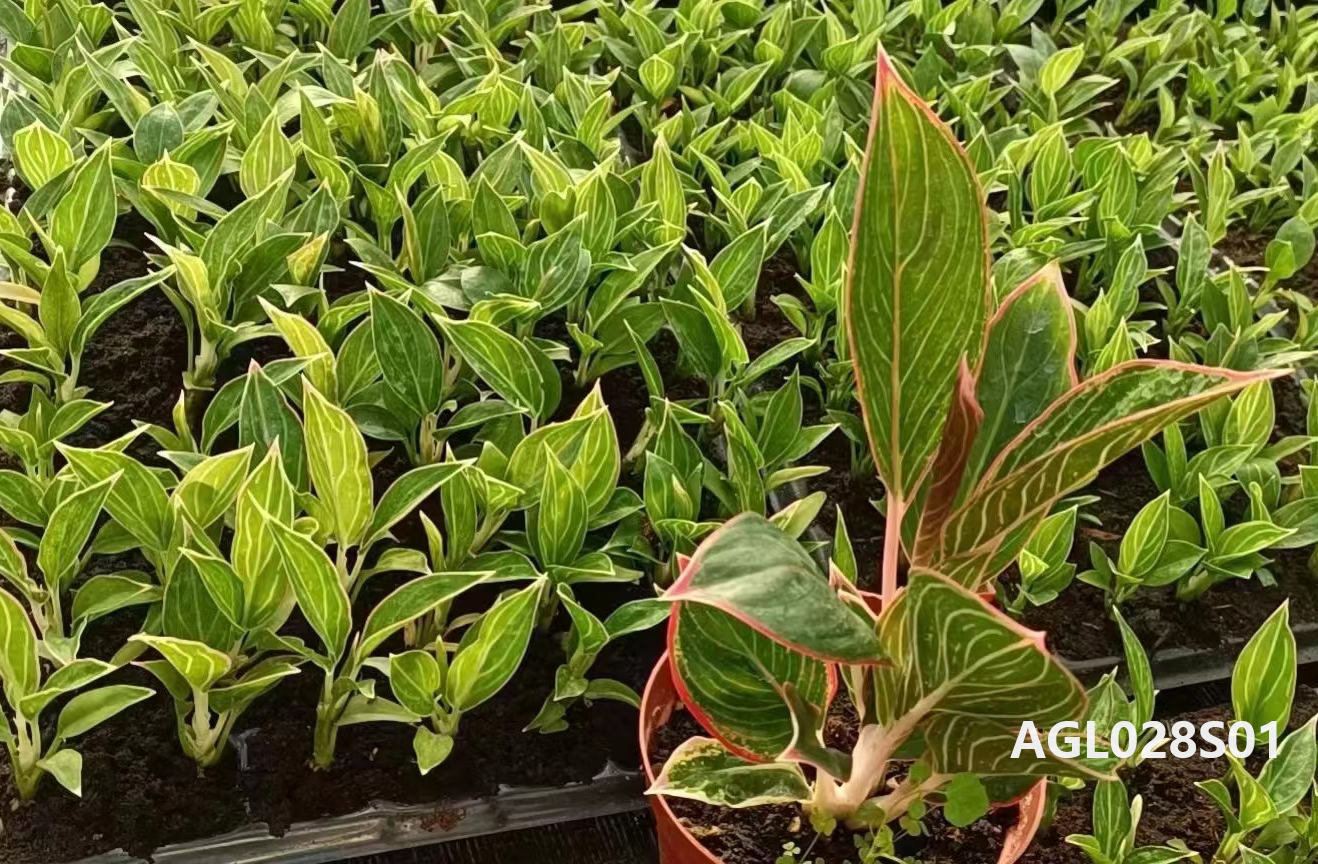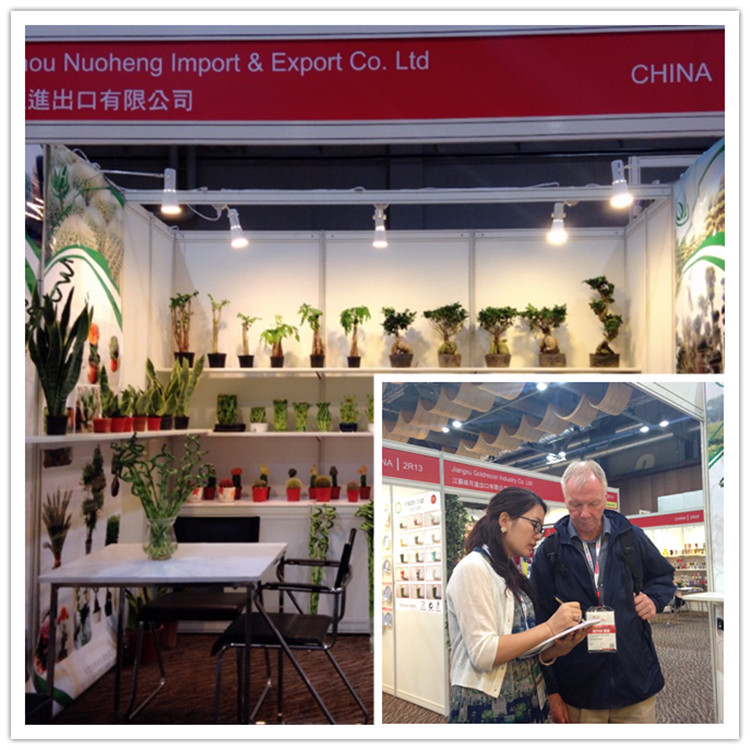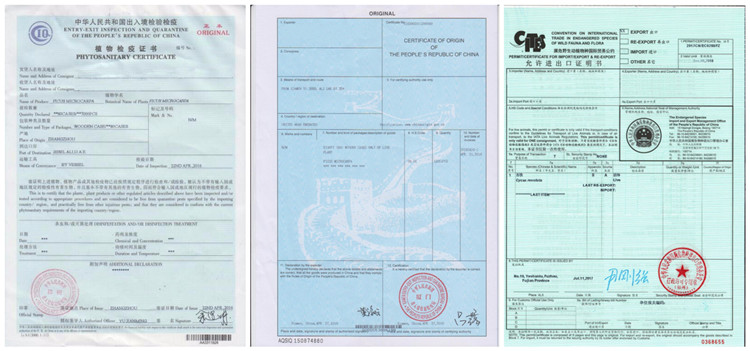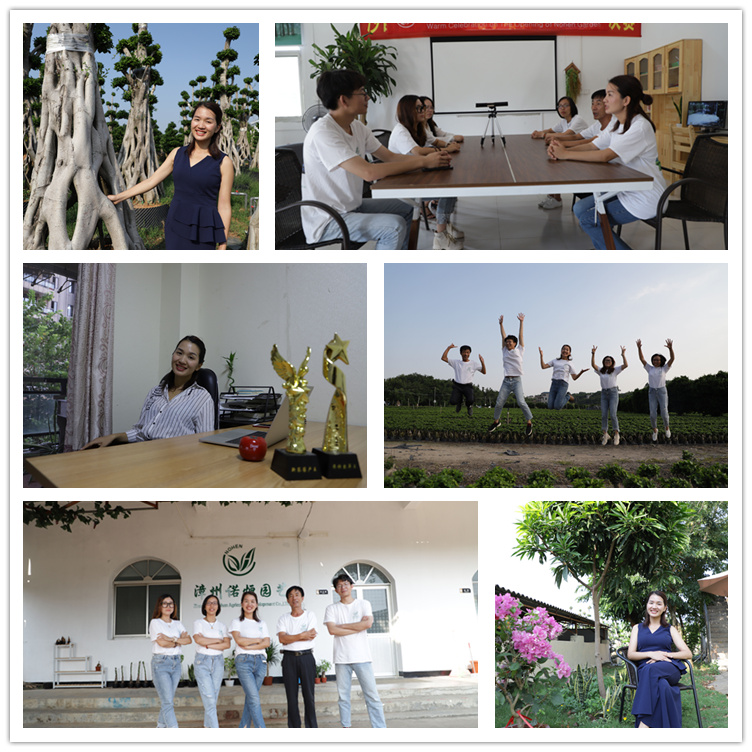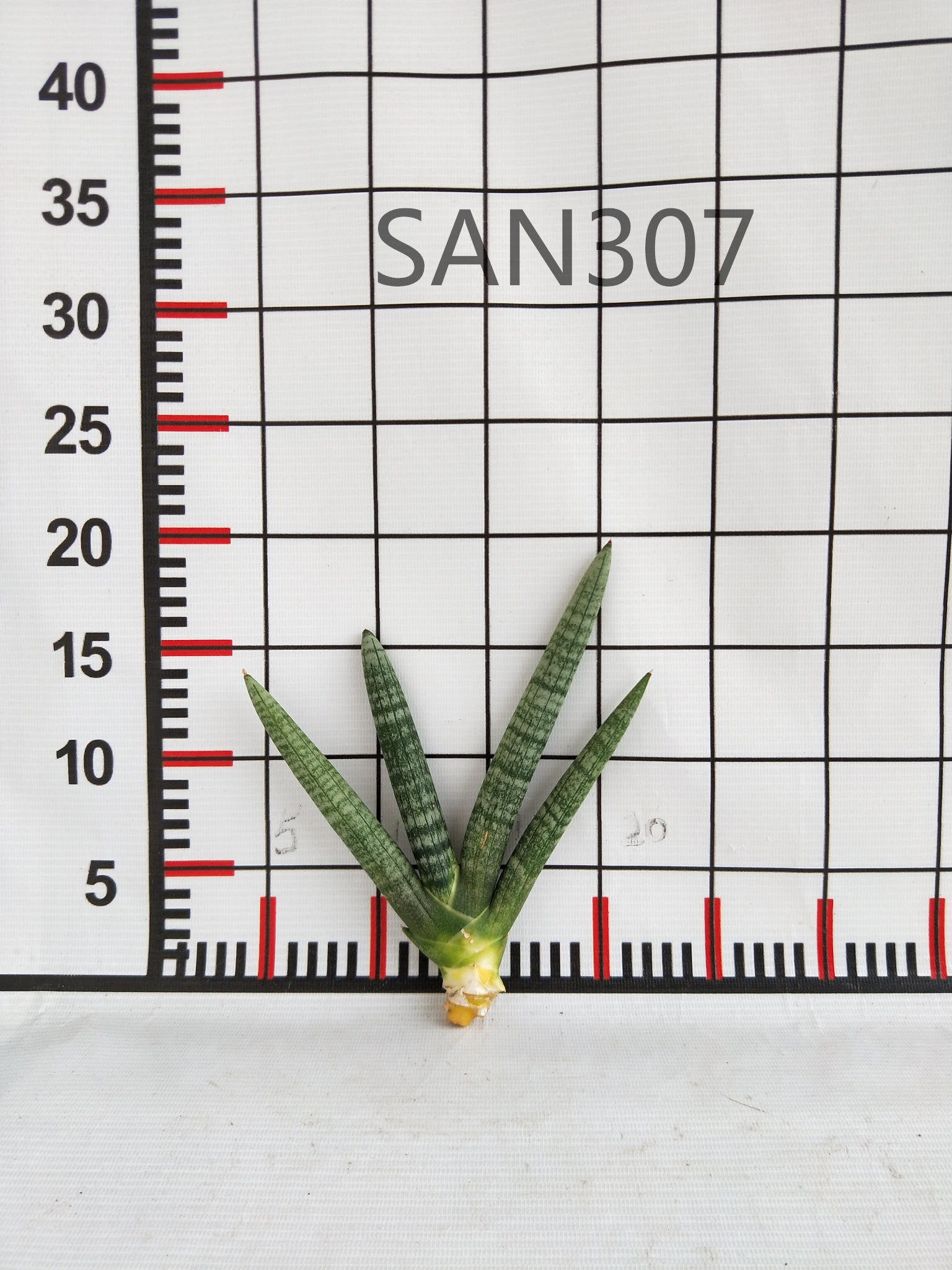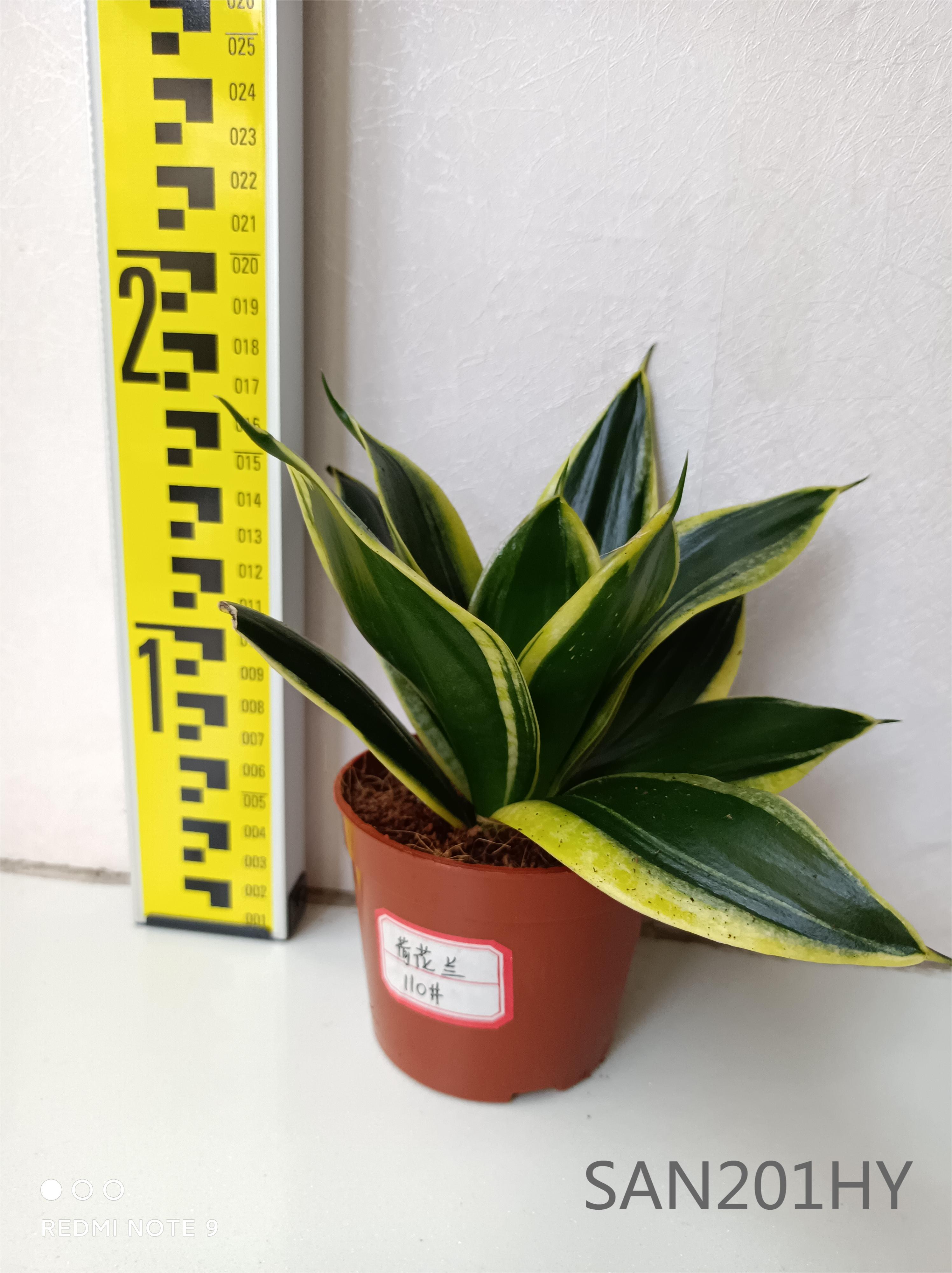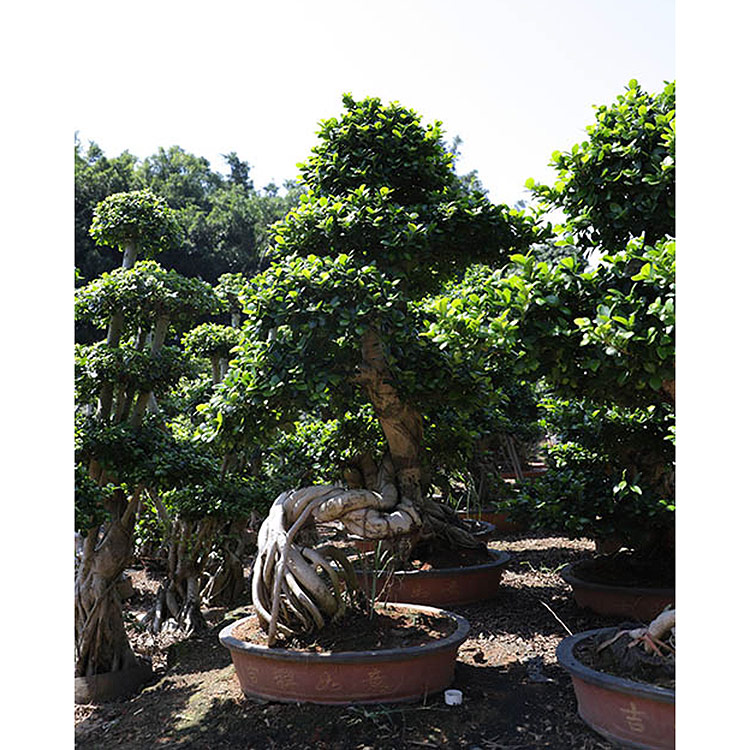Products
Air shipment Bareroot seedlings indoor Aglaonema
Our Company
FUJIAN ZHANGZHOU NOHEN NURSERY
We are one of the biggest growers and exporters of small seedlings with best price in China.
With more than 10000 square meters plantation base and especially our nurseries which had been registered in CIQ for growing and exporting plants.
Pay high attention to quality sincere and patience during cooperation.Warmly welcome to visit us.
Product Description
Aglaonema is a genus of flowering plants in the arum family, Araceae. They are native to tropical and subtropical regions of Asia and New Guinea. They are known commonly as Chinese evergreens. Aglaonema. Aglaonema commutatum.
How do you take care of Aglaonema plants?
Your Aglaonema prefers bright to medium indirect light. It can adapt to low light, but the growth will slow. Direct morning sunlight is fine for this plant, but avoid prolonged exposure to direct sun which can scorch the leaves. Water your Aglaonema when 50% of the soil volume is dry.
Details Images

Package & Loading
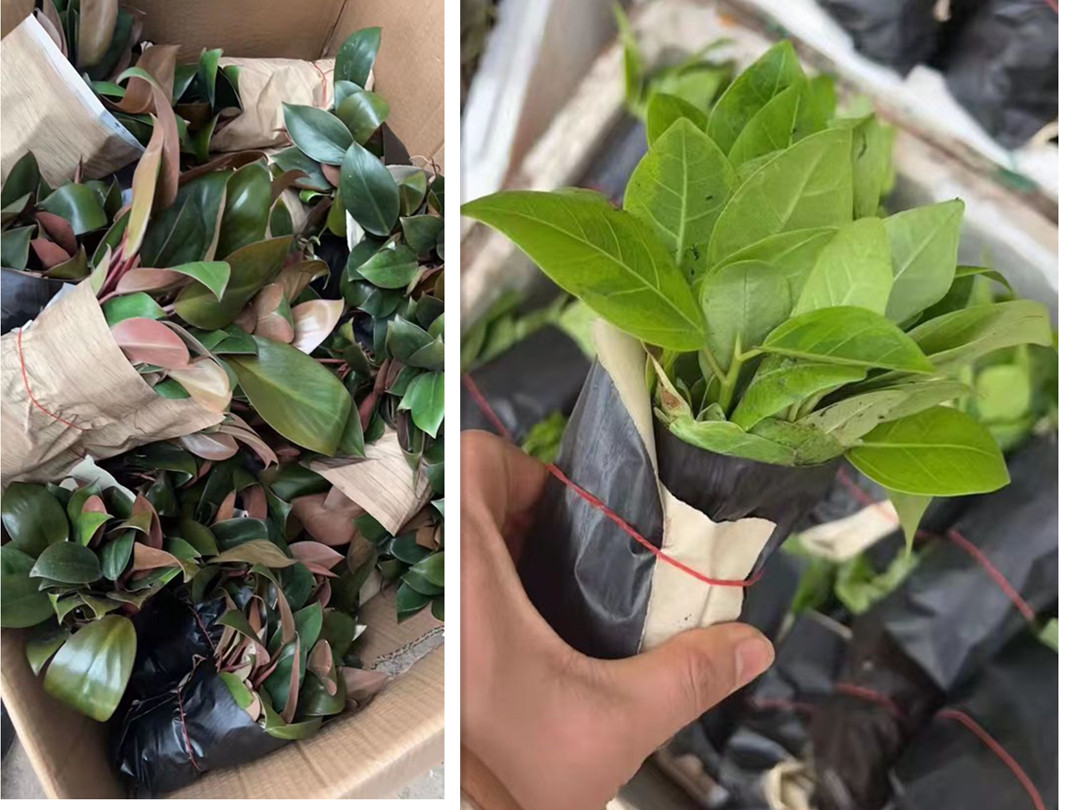
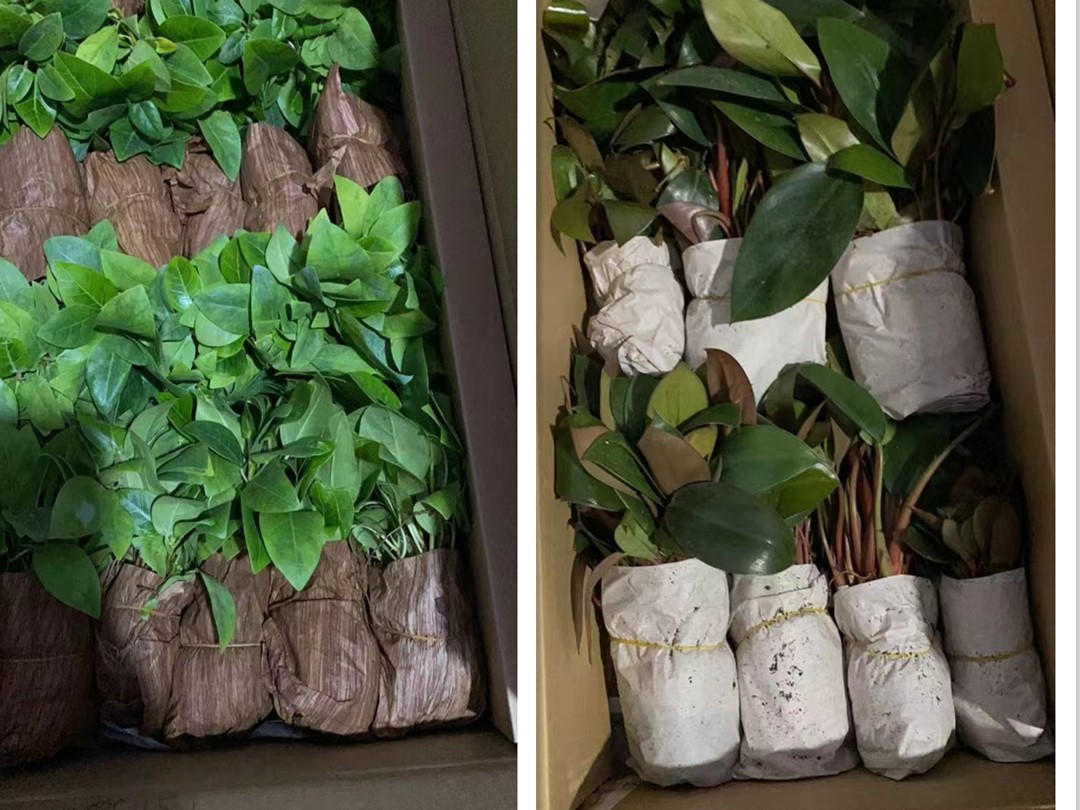
Exhibition
Certifications
Team
FAQ
1. How often do you water Aglaonema?
once every two weeks
It is preferable to keep your soil slightly moist, letting it dry out in between waterings. To avoid pooled water at the bottom, ensure that you are using a pot with holes for drainage and emptying the water tray of any excess water. In general, your plant will benefit from being watered once every two weeks.
2.Does Aglaonema need direct sunlight?
Green varieties of aglaonema can tolerate low light, but the colorful and variegated ones will maintain their luster in medium to bright, indirect sunlight. They should never be placed in direct sunlight. They can grow under artificial lighting, making them ideal for offices and interior low-light spaces.

